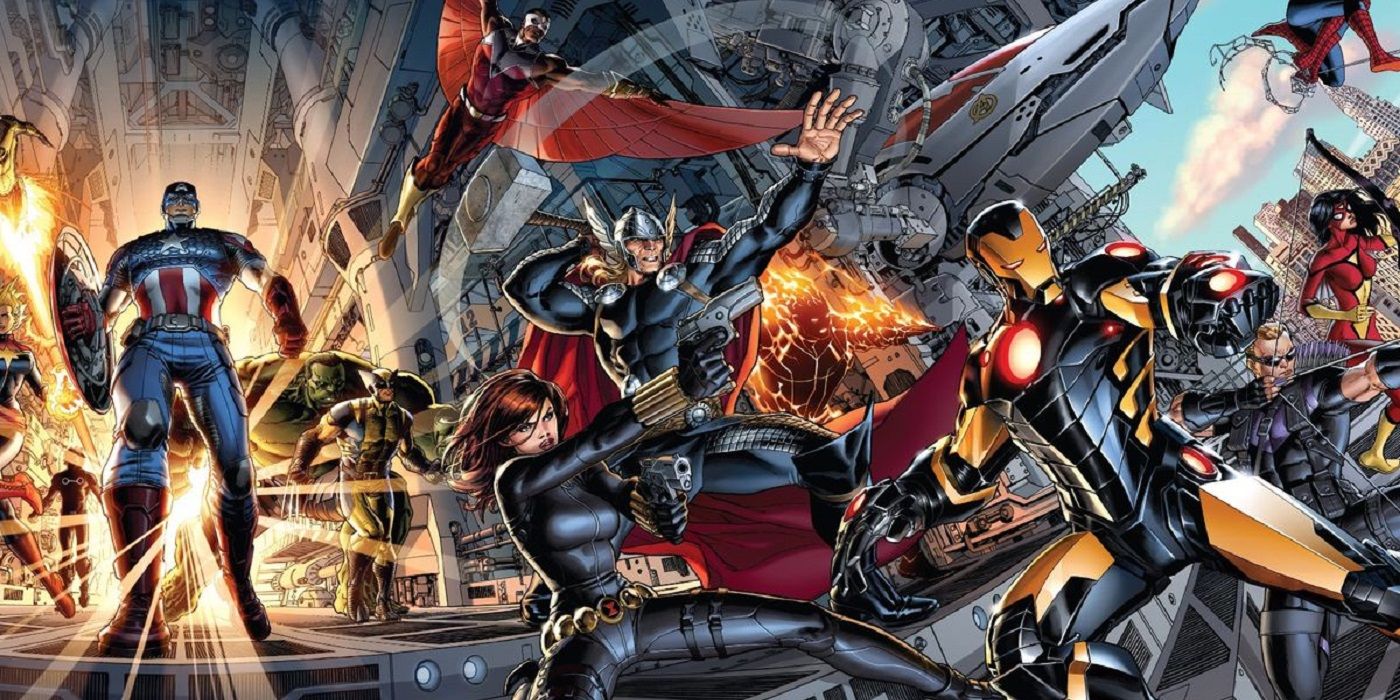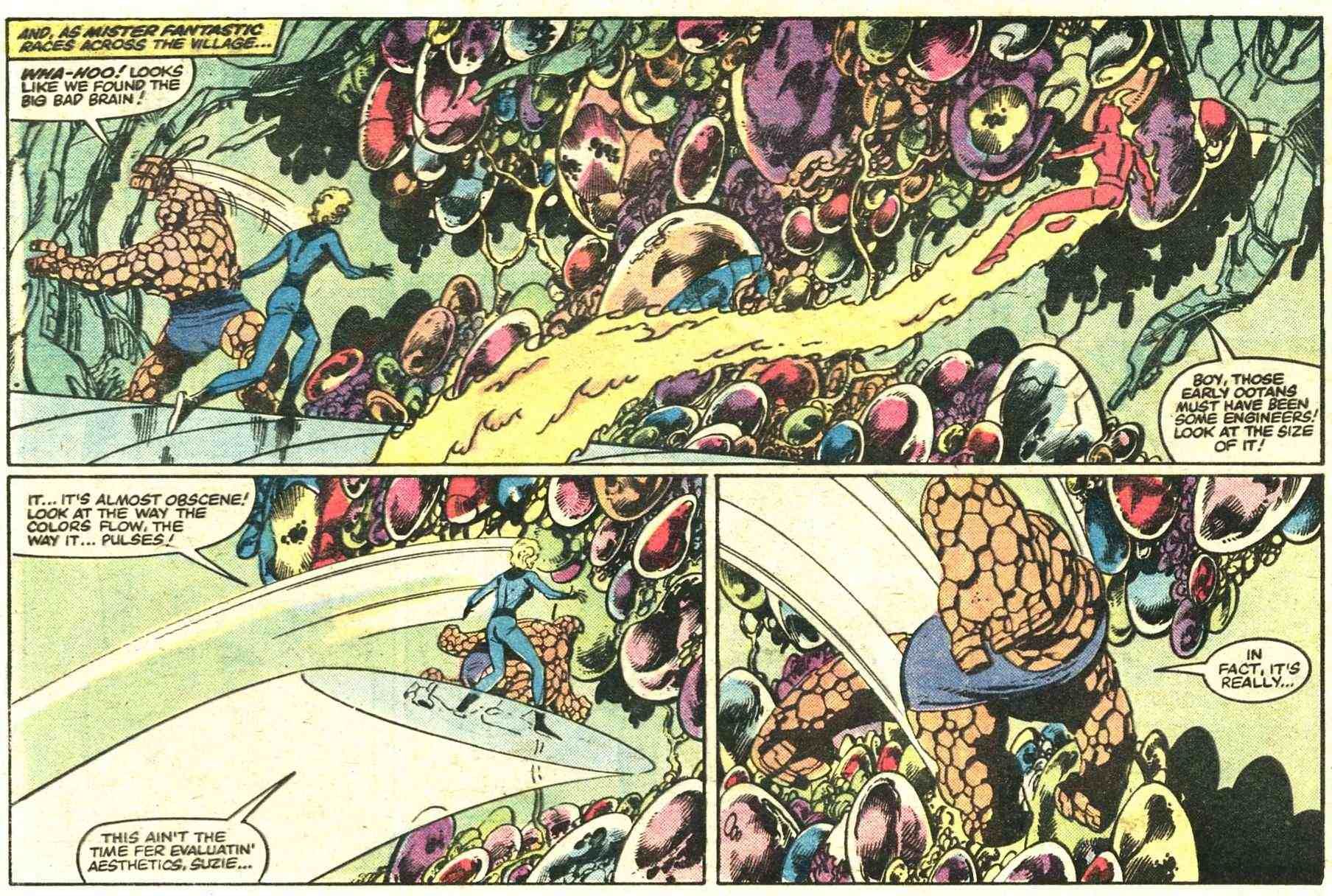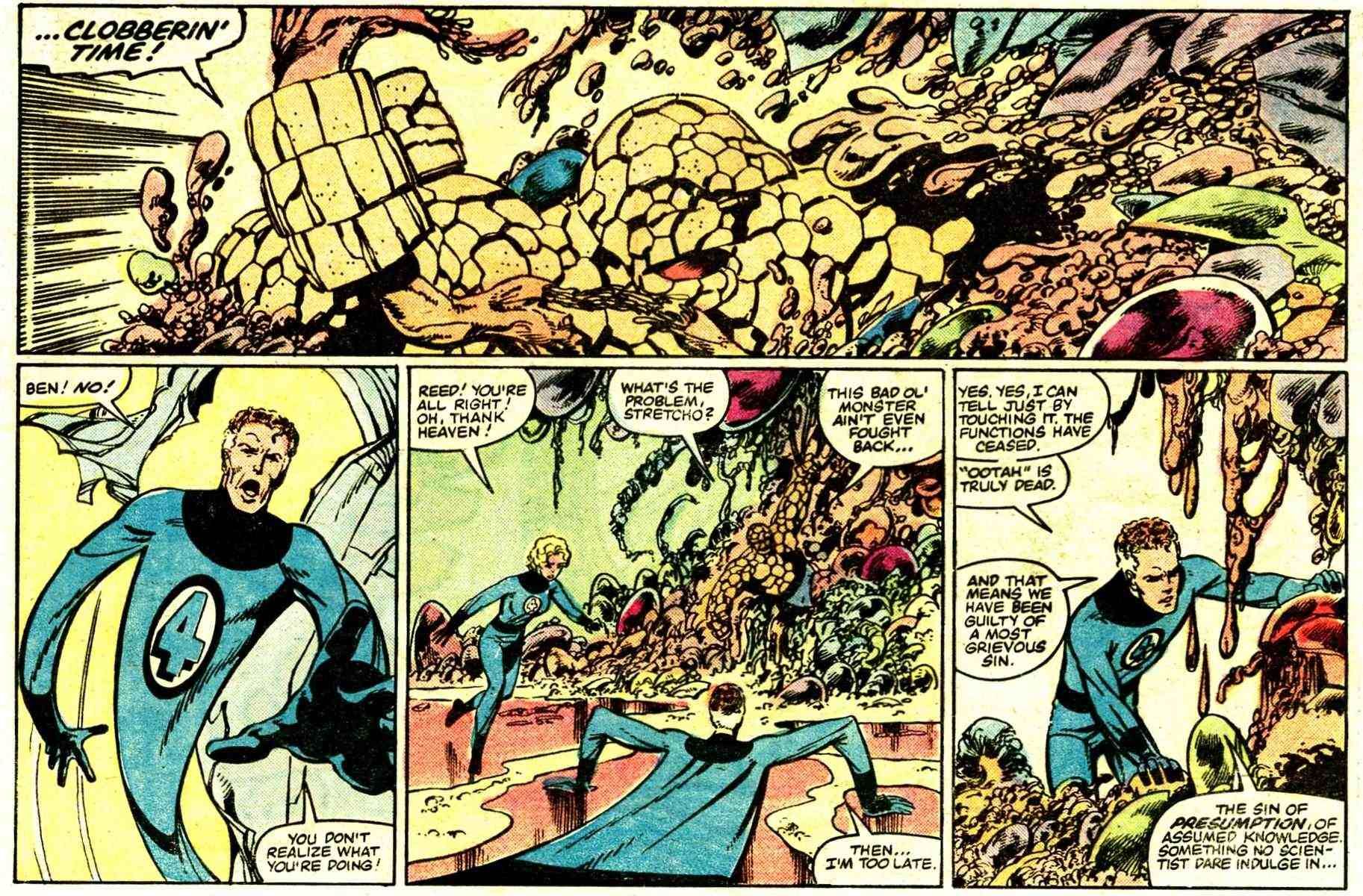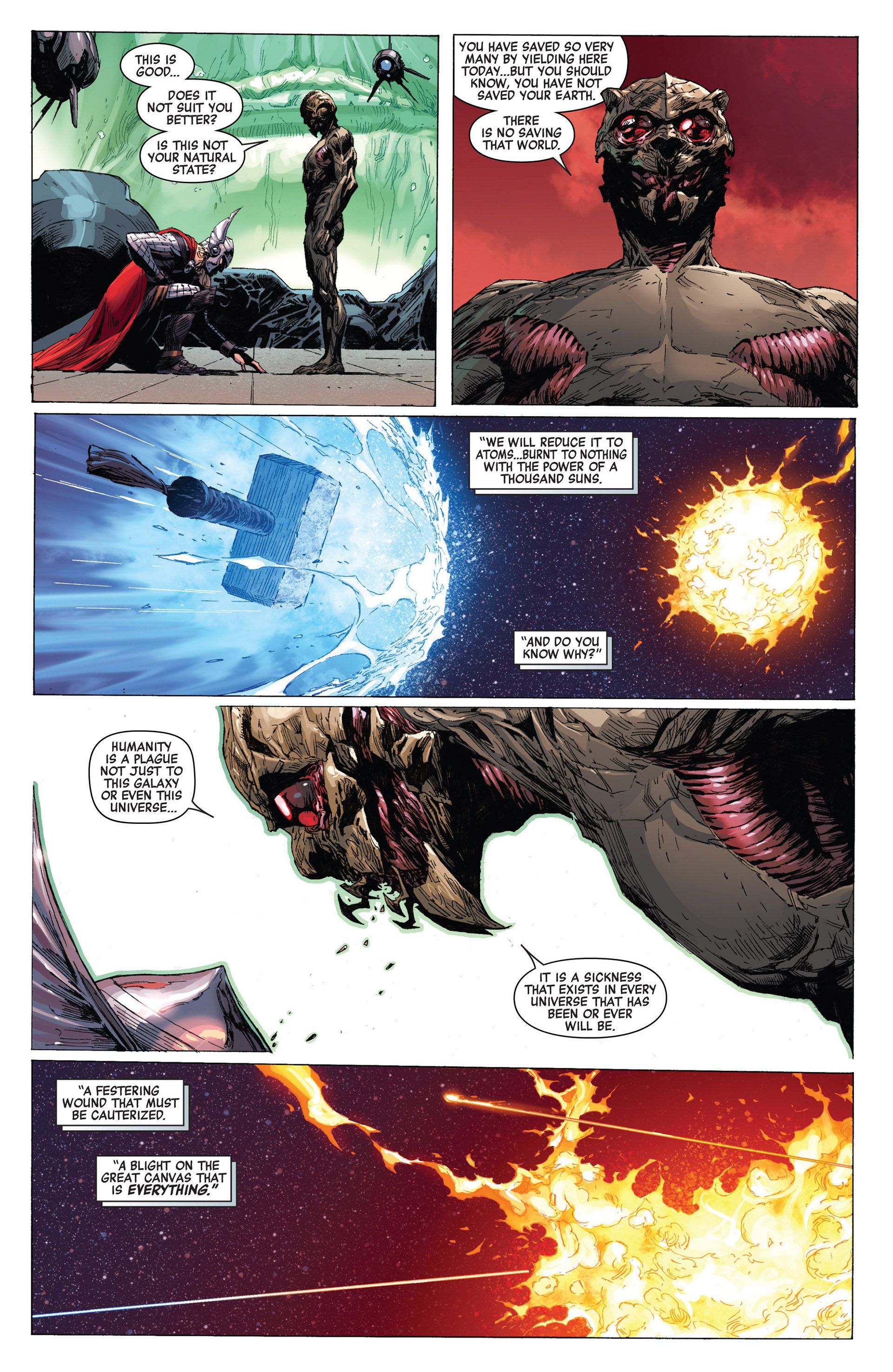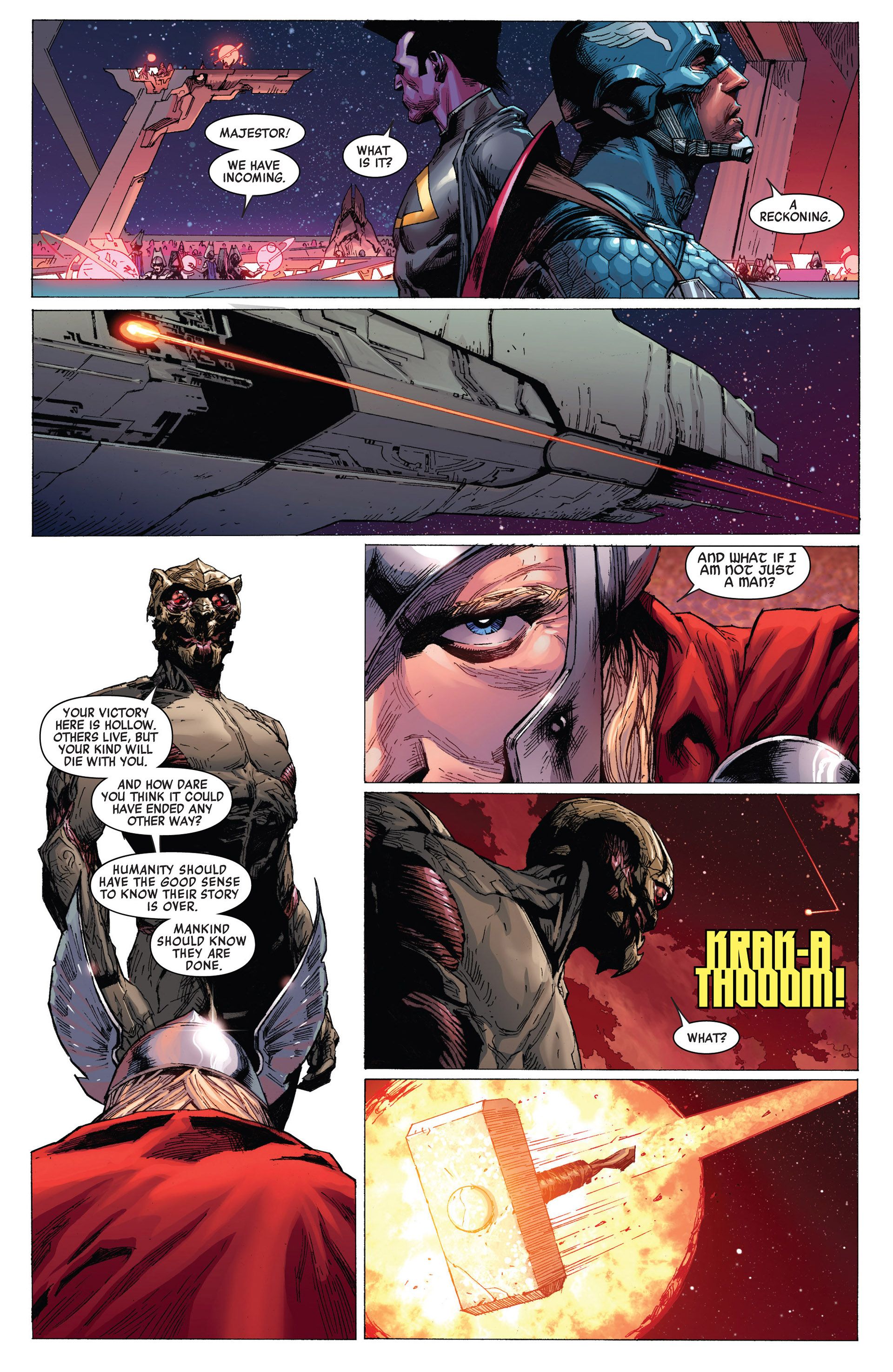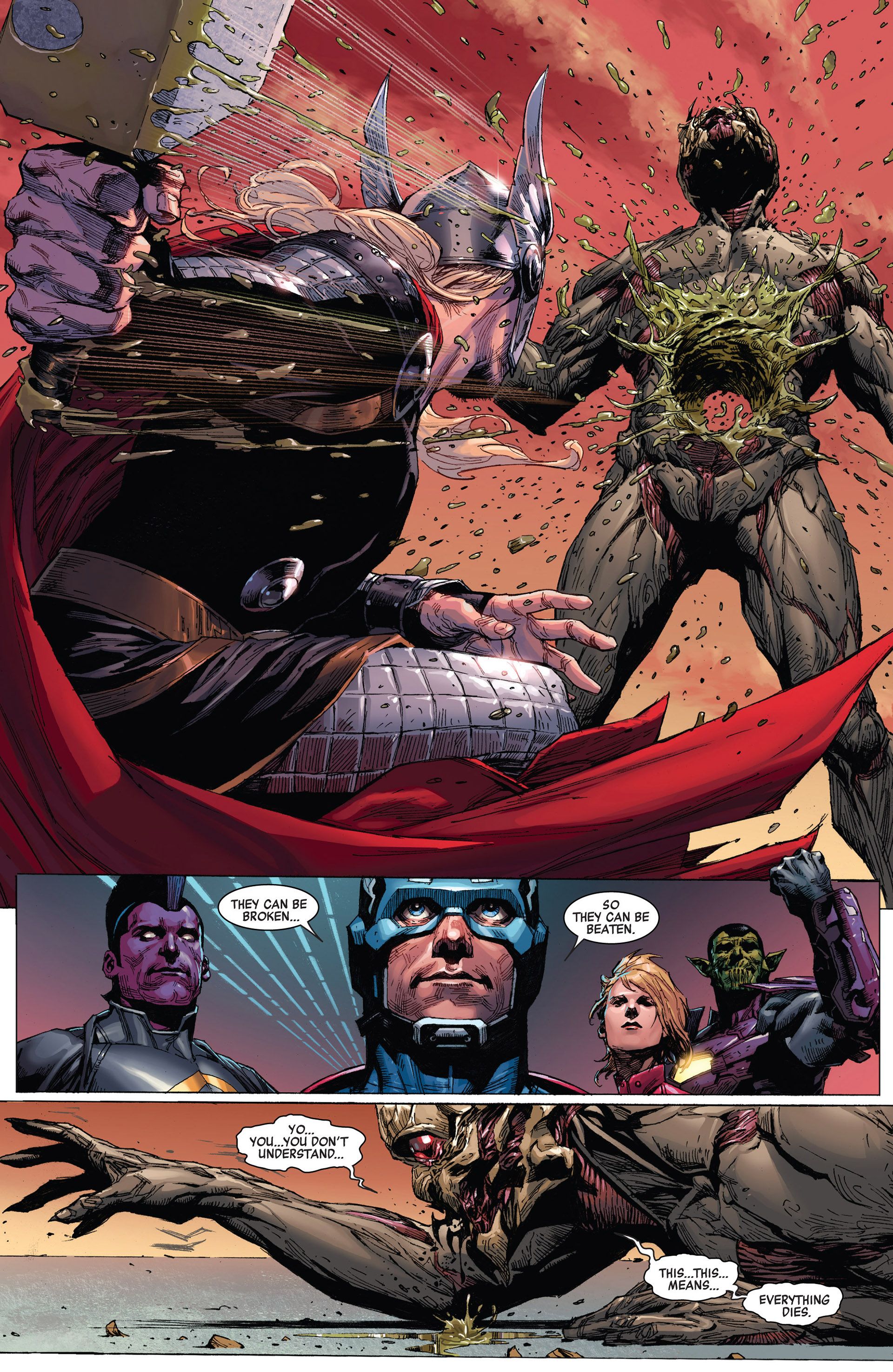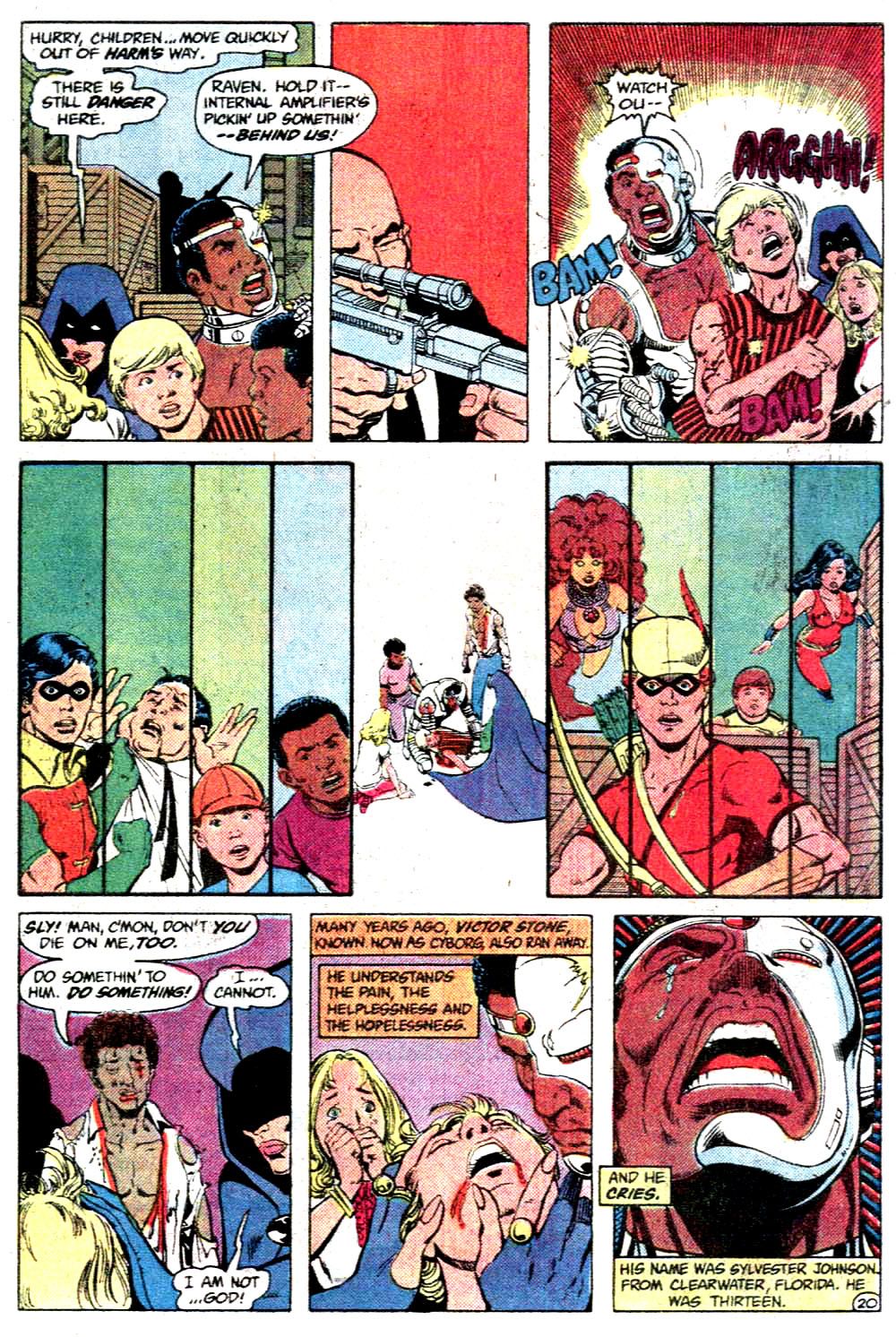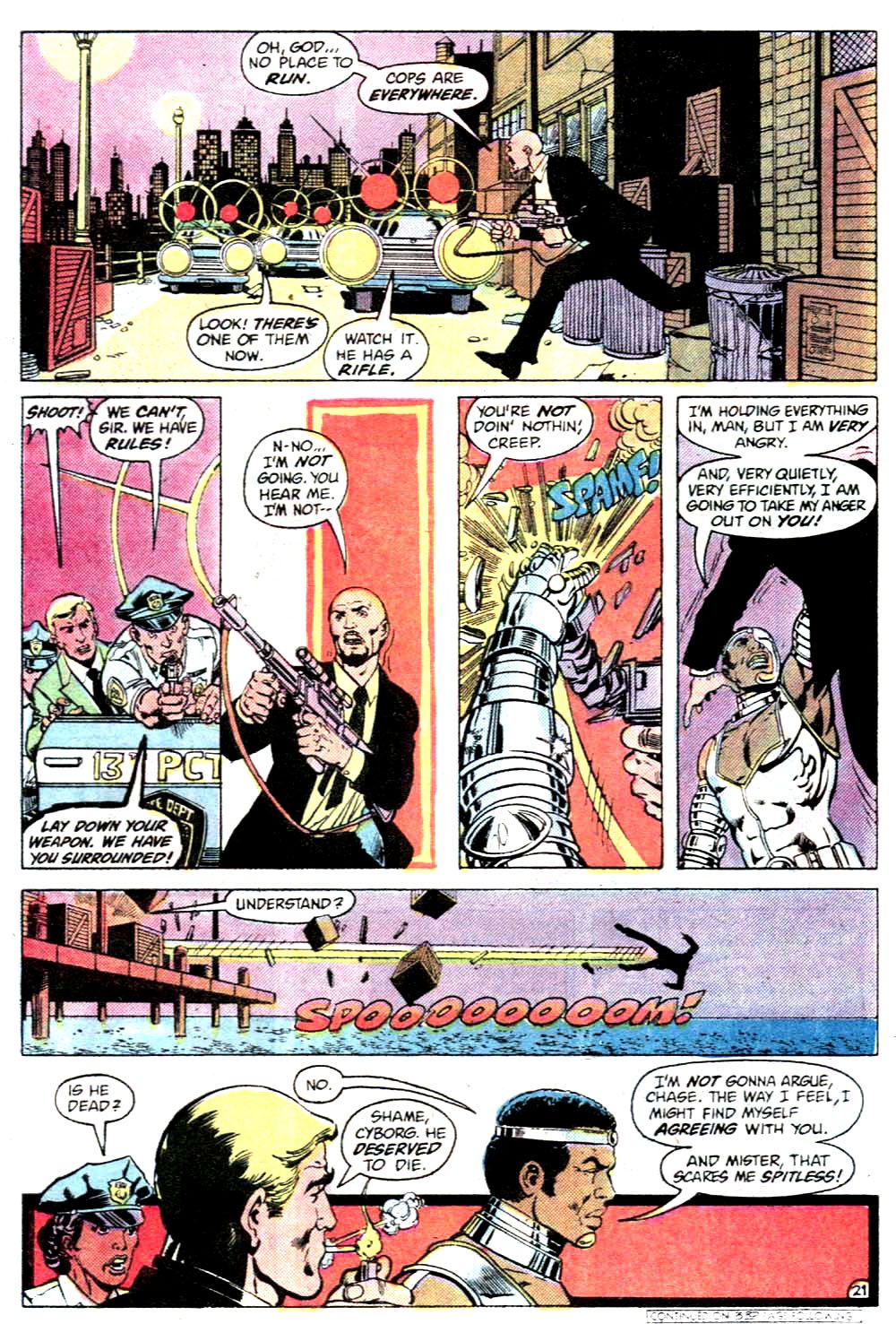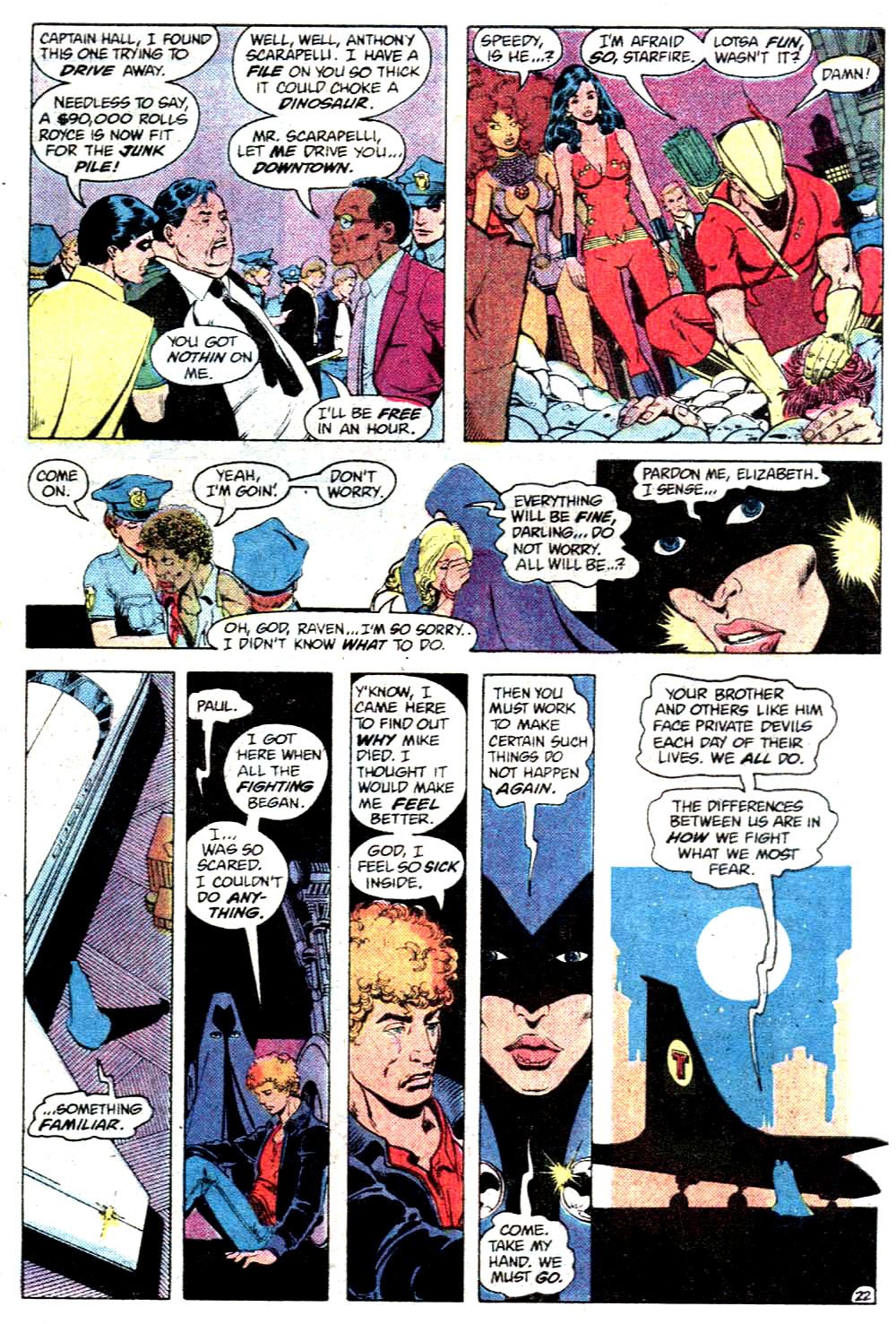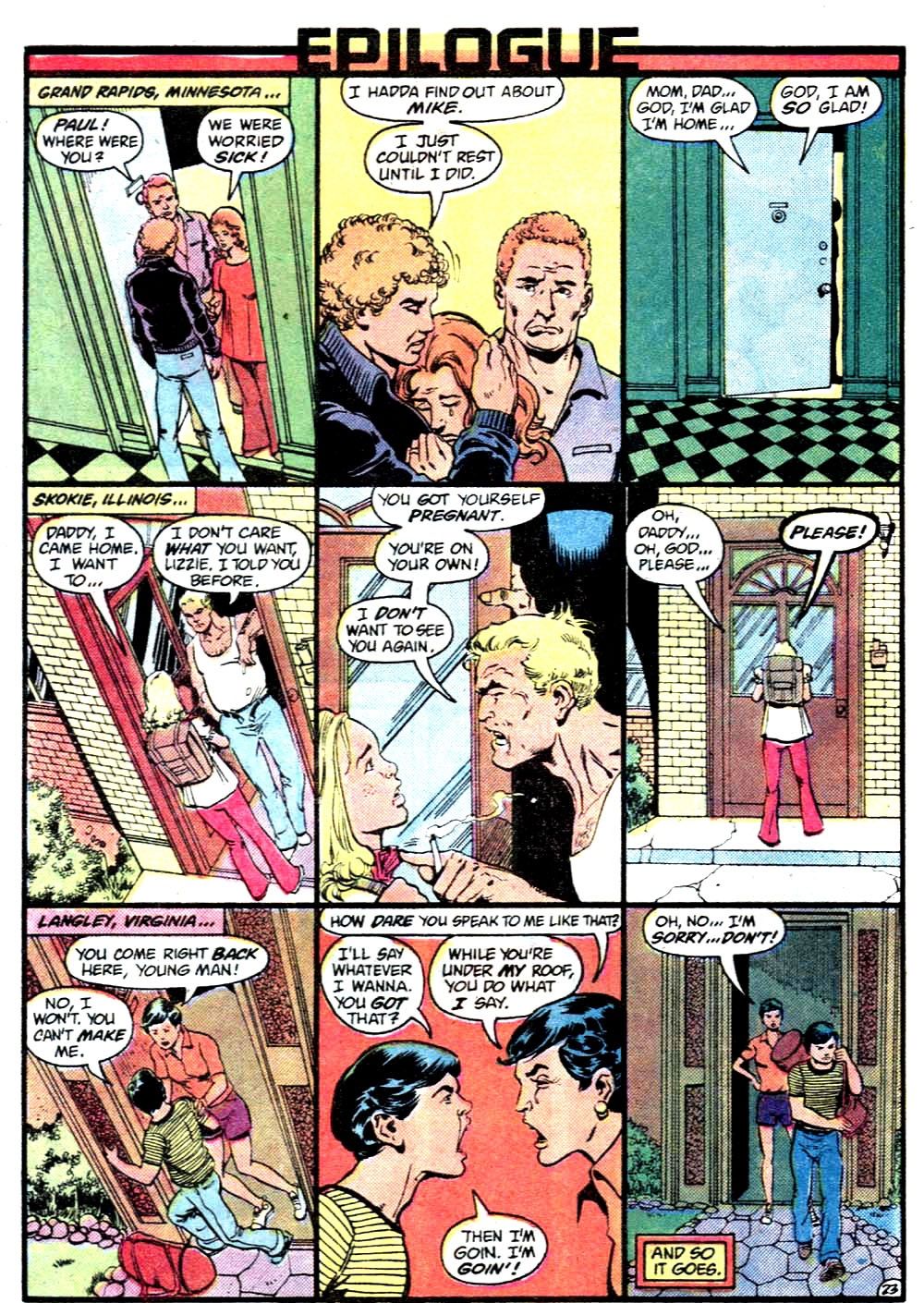You voted, and now, after over 1,000 ballots were cast (precisely three more ballots cast than four years ago), here are the results of your votes for your favorite comic book creator runs of all-time (this is the FOURTH time we've done this countdown. We're on an every four year schedule)!
To recap, you all sent in ballots ranking your favorite runs from #1 (10 points) to #10 (1 point). I added up all of the points and here we are!
13. John Byrne's Fantastic Four - 686 points (9 first place votes)
Fantastic Four #232-293
A lot of creators have a certain idea in mind when they take over the Fantastic Four, but John Byrne, hot off of his stint co-plotting Uncanny X-Men with Chris Claremont, was one of the few who actually carried out his plan in the comic itself.
Byrne intended to treat his run in a similar manner to what Stan Lee and Jack Kirby did on their original run – take the Fantastic Four to far off new worlds, introduce bizarre new characters, while still re-using the really notable ones like Doctor Doom and Galactus (and yes, Diablo, too), and that’s exactly what Byrne did.
Soon after Byrne took over the book, he was tasked with coming up with a 20th anniversary story, and he came up with a beautiful one with the Fantastic Four trapped in a world by Doctor Doom where they did not have powers. It was quite a touching story.
Then Byrne launched into his first major storyline with the title, a major tale involving Galactus and the Avengers. Byrne introduced many different new alien races during his tenure with the book, but probably his most notable achievements were with the characters he already had, as Byrne did a great deal of character development during his run, specifically the evolution of Sue from the Invisible Girl to the Invisible Woman, having Sue become pregnant but miscarry, having Thing leave the team (to be replaced by the She-Hulk) and having Johnny Storm become involved with the Thing’s erstwhile girlfriend, Alicia Masters. Doctor Doom, who is practically the fifth member of the book, also saw a number of interesting character work via Byrne, especially the story where the Fantastic Four did not even appear!
Art-wise, Byrne did a lot of experimenting, with one notable example being the issue where the comic is read horizontally instead of vertically. This “widescreen” approach was used by Marvel a few more times after Byrne.
In the story, the Fantastic Four visit the Negative Zone where Mister Fantastic is quickly incapacitated and the rest of the team is convinced to attack some sort of supernatural city…
Sadly, Byrne’s tenure on the book was cut short, but he still ended with a strong five-year run on the title.
12. Jonathan Hickman's Avengers – 734 points (10 first place votes)
Avengers #1-44, New Avengers #1-33, Infinity #1-6...and probably Secret Wars #1-9
When he began his Fantastic Four run, Jonathan Hickman only had one title to work with, but by the end of it, he showed how brilliant he was at balancing multiple titles in pursuit of the same basic narrative goal. So he then took that approach to begin his Avengers run, as he wrote two main Avengers titles, Avengers (starring the main, expanded team) and New Avengers (starring the Illuminati).
Both books balanced each other out as they ultimately led to the mega-epic story that Hickman was headed to the entire time, which was a dissolution of the Marvel Universe itself, which was resolved in his crossover event Secret Wars (since Secret Wars follows directly from Hickman's Avengers, I think we have to count it as part of this run).
Before that point, though, Hickman first had the Avengers establish themselves as intergalactic bad asses, as they found themselves set against the powerful aliens known as the Builders. This led to a crossover event called Infinity, where the Avengers headed into outer space to head the Builders off before they found their way to Earth (as it was clear that they were on a path for the Earth).
After some significant battles showed how tough the Builders were, the Avengers parlayed with them, sending Thor to talk things over unarmed...or did they?
While the Avengers were in outer space, however, Thanos attacked Earth and the Inhumans, leading to Black Bolt making a fateful decision to expose the world to the Terrigen Mists, which has led to the proliferation of Inhumans on Earth and a major conflict with the Inhumans and the X-Men.
New Avengers had introduced the concept of other universes threatening to collide with ours and Hickman offered up the intriguing question of whether it was fair to destroy another Earth if it meant saving our own. When the heroes could no longer be sure that they could make that decision, a group of villains were formed to decide that for themselves.
This eventually led into the supremely complex and yet supremely entertaining epic storyline "Time Runs Out," which showed all the various balls that Hickman was juggling during this epic run. It led into Secret Wars, which I guess you COULD count as part of his run, as it paid off the events of "Time Runs Out."
Hickman was joined by a series of artists on his run, far too many to mention them all. Some notable ones were Jerome Opena, Dustin Weaver, Stefano Caselli, Steve Epting, Mike Deodato and Kev Walker.
11. Marv Wolfman and George Perez's New Teen Titans - 743 points (21 first place votes)
Wolfman – New Teen Titans #1-40, Tales of the New Teen Titans #41-50, New Teen Titans #1-5 (co-wrote #6) plus three Annuals
Perez – New Teen Titans #1-5, 6-34, 37-40, Tales of the New Teen Titans #41-50, New Teen Titans #1-5 (co-wrote #6) plus three Annuals
Marv Wolfman left Marvel in the late 70s over a contract dispute, and he came to DC with the mindset of bringing some of the Marvel style of comics to DC, and that’s just what he did when he teamed up with George Perez to do the New Teen Titans (a book Wolfman had worked on in the past).
First, they introduced three significant new characters, the alien Starfire, the robotic Cyborg and the half-demon Raven. They also changed Changeling enough that he was essentially a new character. Pairing these heroes up with Robin, Wonder Girl and Kid Flash as the holdovers, and they had one of the most consistent superhero lineups in comic history (more or less the entire lineup stood in place for their whole run on New Teen Titans, with Kid Flash leaving four years in).
Perez’s detailed art was a delight to readers, especially as he was able to draw so many of the issues, giving him an amazing run on the title 6-34? In the 1980s? With THAT detail? That’s nuts!
But probably the biggest part of the book was the soap opera feel that Wolfman gave the title, in the same way that Chris Claremont was doing a soap opera-esque feel on the X-Men, the clear counterpart to the New Teen Titans.
Soon, the title was the highest-selling DC title, and I believe in the early goings was even out-selling the X-Men (I’m almost positive, actually, that it outsold Uncanny X-Men at least until 1981, at which point X-Men took off).
In the second issue, Wolfman and Perez created one of DC’s best villains, Deathstroke the Terminator.
Later on, they allowed Robin to graduate to a new identity, they introduced the anti-Kitty Pryde, Terra, they added Deathstroke’s son, Jericho, to the team and a lot of other stuff. It was all really quite good, and very soap opera-y! Especially the “special moment” issues, like the story about runaways getting involved in a drug ring, which was so powerful that they were hired to do a special Anti-Drugs giveaway comic that must have been read by, like, a gazillion schoolchildren in the 80s.
Powerful stuff, especially in the context of the times.
The pair eventually launched a new Teen Titans title, but Perez left to work on the mini-series (that Wolfman wrote) Crisis on Infinite Earths, and that was it for the run, although Perez would return four years later for a quick reunion run.

